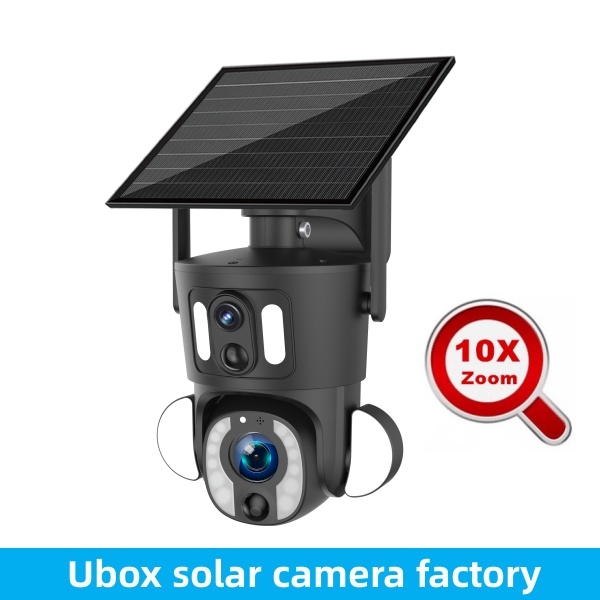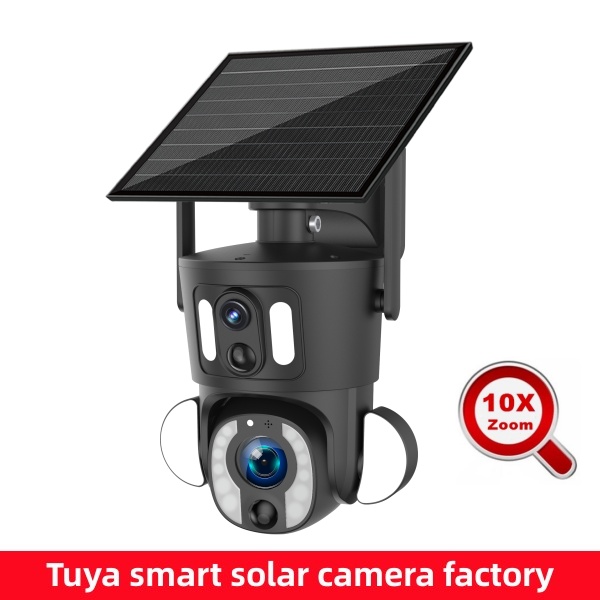Q: What is the difference between monocrystalline and polycrystalline solar panels?
A: Both monocrystalline and polycrystalline solar panels serve the same function in the overall solar PV system, and the science behind them is simple: they capture energy from the sun and turn it into electricity. They are also both made from silicon, which is used for solar panels because it is an abundant, very durable element. Many solar panel manufacturers produce both monocrystalline and polycrystalline panels.
Both monocrystalline and polycrystalline solar panels can be good choices for your home, but there are key differences that you should understand before making your final solar purchase decision. The main difference between the two technologies is the type of silicon solar cell they use: monocrystalline solar panels have solar cells made from a single crystal of silicon, while polycrystalline solar panels have solar cells made from many silicon fragments melted together.
Monocrystalline solar panels
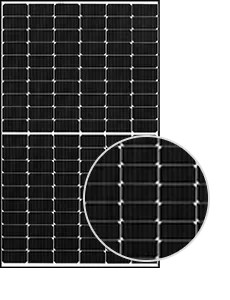
A monocrystalline solar panel is simply a solar panel made from monocrystalline solar cells or “wafers.” Monocrystalline wafers are made from a single silicon crystal that is formed into a cylindrical ingot. Although these panels are generally thought of as premium solar products, the main advantages of monocrystalline panels are higher efficiencies and sleeker aesthetics. Because a monocrystalline cell is composed of a single crystal, the electrons that generate a flow of electricity have more room to move. As a result, monocrystalline solar cells are more efficient than their polycrystalline solar cell counterparts. You will need fewer monocrystalline panels for your roof to produce more kWh of electricity than other types of panels, but they are more expensive per panel.
Because a monocrystalline cell is composed of a single crystal, the electrons that generate a flow of electricity have more room to move. As a result, monocrystalline solar cells are more efficient than their polycrystalline solar cell counterparts.
Polycrystalline solar panels
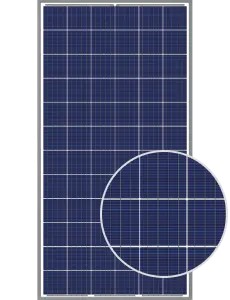
Polycrystalline solar panels are also made from silicon. However, instead of using a single crystal of silicon, manufacturers melt many fragments of silicon together to form the wafers for the panel. Polycrystalline solar cells are also referred to as “multi-crystalline,” or many-crystal silicon.
Polycrystalline solar panels generally have lower efficiencies than monocrystalline cell options because there are many more crystals in each cell meaning less freedom for the electrons to move. Due to the easier manufacturing process, these panels have a lower price point on average. In addition, polycrystalline solar panels tend to have a blue hue instead of the black hue of monocrystalline solar panels. Because they are less efficient than other types of panels, you will need more to provide electricity for your home but their cost is lower.
How do monocrystalline and polycrystalline panels compare on key metrics?
At the end of the day, it’s all about the metrics. Here’s how monocrystalline and polycrystalline solar panels stack up against each other in a few key areas:
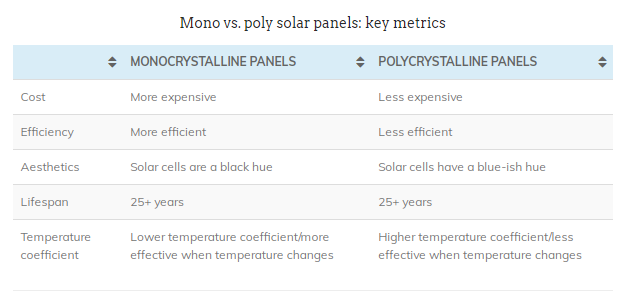
Frequently asked questions related to monocrystalline vs. polycrystalline solar cells
When you’re evaluating the similarities and differences between mono and poly solar, it’s easy to get confused by scientific terms and industry jargon—check out a few more frequently asked questions about these solar technologies:
Is solar cell technology still improving?
Yes, many scientists are currently working on ways to make solar cells even more efficient. For example, the Department of Energy’s National Renewable Energy Laboratory (NREL) is a leader in high-efficiency solar cell research.
Can you mix polycrystalline and monocrystalline solar cells?
Technically, yes. You can mix polycrystalline with monocrystalline solar cells, but it’s not recommended because of the different electrical characteristics the different cells give each panel. If you’re interested in mixing them due to a special circumstance, it’s best to get in touch with an electrician or professional installer. Factors for each type of panel like the voltage, wattage, and amps will need to be carefully considered.
What are the advantages of monocrystalline cells and panels?
Monocrystalline cells and panels usually have the highest efficiency rates, typically in the 15 to 20 percent range (and sometimes higher!). Additionally, they produce more power per square foot than polycrystalline options, which makes them very space-efficient. They also tend to be more efficient in warm weather, so this is ideal if you live in a more moderate to warm climate. Finally, since they perform better in heat, monocrystalline panels have a longer projected lifespan and usually come with a 25-year warranty. For more information on life expectancy for various panel types, read our article about how long solar panels last.
What is the most effective type of solar panel?
Due to higher efficiency ratings and the overall ability to produce more power per square foot, monocrystalline solar panels are generally seen as the most effective and efficient type of solar panel. However, polycrystalline solar panels are a great option if you need to save a bit of money on upfront costs, or if you prefer panels that have a blue-ish tint. At the end of the day, both types will help you save on your electricity bill.
Best Monocrystalline Solar Camera Recommended:
If you have different opinions and suggestions on our articles, welcome to contact us for further discussion together!
Our email: [email protected]
Written by Ruibosi Electronic Co., LTD
Ruibosi Electronic Co., LTD is a professional manufacturer of 4g wifi Ubox app solar security cameras, tuya smart app 4g wifi solar security cameras, etc.
We are now officially opening global investment channels, and sincerely invite you to join us and become our agent or wholesale partner. We can provide competitive prices, and simultaneously provide you with a full set of product pictures, parameters, videos, product software, and hardware knowledge training, market Marketing training, and other materials to help you learn products as soon as possible, understand products, open up the market, better serve customers and win the market as soon as possible.

